Tokyo is a must-see destination for anybody interested in experiencing Japanese culture, history, and entertainment, with attractions ranging from the peaceful serenity of the Meiji Shrine to the frantic energy of the Shibuya Scramble Crossing.
Everyone can find what they’re looking for in Tokyo. Tokyo has a wealth of attractions, but narrowing down your options might be difficult. We want you to get the most out of your vacation, so we’ve created a detailed plan for your first five days here. This blog post will focus on the best of what Tokyo has to offer, from the city’s top attractions to our insider suggestions and helpful hints. Read on to learn how to make the most of your time in Tokyo, whether you’re a first-time visitor or a seasoned traveler.
#1 Day- Exploring the City
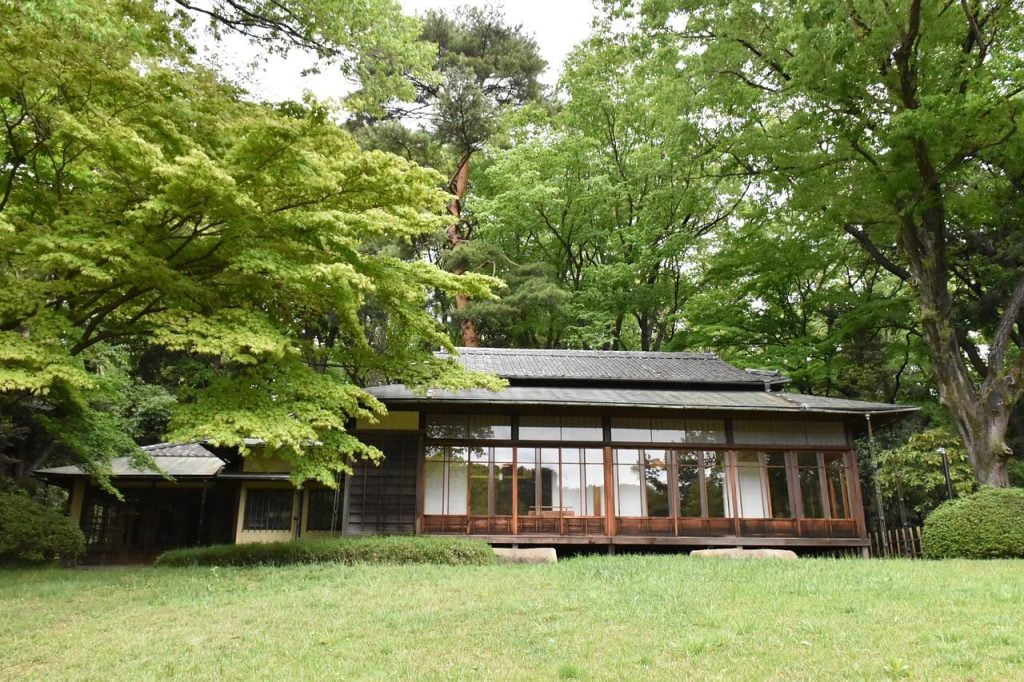
Meiji Shrine
Jump right in and discover the exciting districts of Tokyo on your first day there. Visit one of Tokyo’s most well-known religious sites, the Meiji Shrine. Dedicated to Emperor Meiji and Empress Shoken, this peaceful haven in Shibuya is a stunning example of Shinto design. A sense of calm and tranquility sets in when you stroll past the torii gates and along the wooded paths leading up to the shrine from the busy city outside.
Takeshita Street
After that, go shopping on nearby Takeshita Street or in the Omotesando district. Takeshita Street is a quaint shopping and eating district in the heart of Japan’s capital city, Tokyo. On the other hand, Omotesando is a wide, tree-lined boulevard where you can find some of Tokyo’s most exclusive shops and department stores. If you’re at all interested in fashion or design, you should definitely check out this district, which is sometimes referred to as the “Champs-Élysées of Tokyo.”
Shibuya Scramble Crossing
Get ready to cross the famous Shibuya Scramble Crossing as night falls. Crowds of people coming and going in all directions at once make this crossroads a visual representation of Tokyo’s dynamic modernity. Enjoy the mayhem from the comfort of one of the many restaurants or cafes that look out over the busy crossroads. You shouldn’t miss out on this traditional part of life in Tokyo.
In general, the first day is spent taking in the sights, sounds, and vibes of the city. There is something for everyone in Tokyo, from peaceful shrines to hip retail districts and recognizable landmarks. If you follow this plan, you’ll get a glimpse of what makes Tokyo such a fascinating city.
#2 Day- Sightseeing
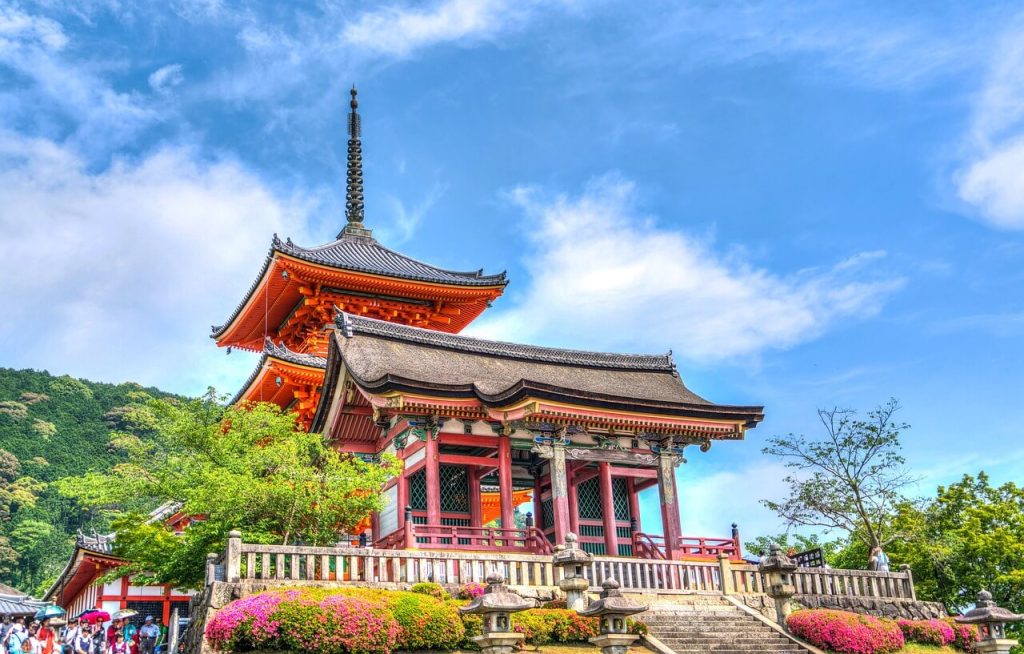
Senso-ji Temple
Visit some of Tokyo’s most famous landmarks on your second full day in the city. See the Senso-ji Temple in Asakusa first thing in the morning. The majestic entrance, vibrant lanterns, and lively retail strip all contribute to the temple’s reputation as the oldest and most well-known in all of Tokyo. Take your time exploring the temple grounds and taking in the sights and sounds.
Tokyo Skytree
After that, it’s a short trip to Tokyo Skytree, the world’s tallest freestanding structure and the tallest in Japan. Take the elevator to the observation deck for breathtaking views of the city. Mount Fuji is visible in the distance on a clear day. Take your time visiting the tower; there are stores and eateries on the lower levels.
Lunch- Tsukiji Fish Market
You may grab some fish in the Tsukiji Fish Market, which is close by. This lively marketplace is the world’s largest fish market, attracting many visitors in search of high-quality sushi and seafood. Explore the market and gaze in awe at the abundance of fish available. Then, for a genuine sushi experience, stop by any of the many nearby restaurants.
Imperial Palace and Gardens
Visit the Imperial Palace and Gardens in the afternoon. The official palace of the Emperor and Empress of Japan, it is a beautiful representation of classical Japanese design. Enjoy the tranquility of the grounds on your way back to the hotel for some much-needed rest and relaxation.
The second day is dedicated to seeing the city’s most well-known attractions. You’ll get a flavor of Tokyo’s historical and cultural diversity as you visit its many temples, modern skyscrapers, and lively markets. If you follow this plan, you’ll have a fantastic day of touring in one of the most interesting cities in the world.
#3 Day- Dive Into Local Culture
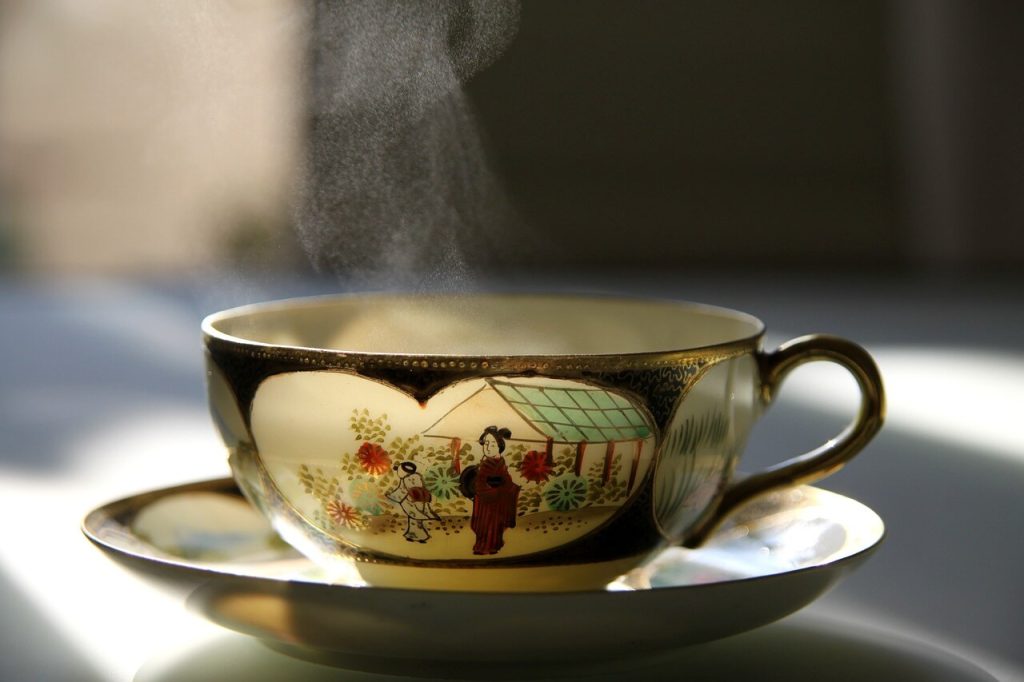
Edo-Tokyo Museum
On your third day in Tokyo, you should fully immerse yourself in Japanese culture and customs. The Edo-Tokyo Museum is a great place to start the day, as it displays artifacts and information about Tokyo’s history and culture from the Edo period (1603-1868) and the early Showa period (1926-1989). The museum showcases a wide variety of artifacts, such as interactive displays, traditional clothing, and life-size replicas of buildings from the Edo period. It’s a fantastic opportunity to acquire insight into contemporary Tokyo while also exploring the city’s rich history.
Yanaka
After that, visit Yanaka, a neighboring community. Narrow alleyways, modest temples, and artisan stores characterize this, one of Tokyo’s few remaining traditional neighborhoods. Take a tour across the area, stopping to take pictures of interesting buildings and eat some authentic Japanese treats.
Lunch at Izakaya
Izakayas are Japanese pubs that specialize on serving small dishes of food and drink. This is a fantastic opportunity to taste the local cuisine, meet interesting people, and learn about the local culture.
Traditional Japanese Tea Ceremony
Attend a traditional Japanese tea ceremony in the afternoon. Matcha (powdered green tea) is traditionally prepared and served in a calm and refined atmosphere as part of this centuries-old ceremony. In the city, you may find a wide variety of tea ceremony options, from the most basic to the most luxurious. Pick one that’s both affordable and appealing to you, and settle in for some quality quiet time.
The third day is dedicated to seeing Japanese culture firsthand and learning more about the local way of life. You will experience some of what makes Japan so extraordinary, from its museums and historic districts to its traditional cuisine and tea ceremonies. If you follow this plan, you’ll have a day that’s memorable for its instructional value and its fun potential.
#4 Day: Art and Entertainment
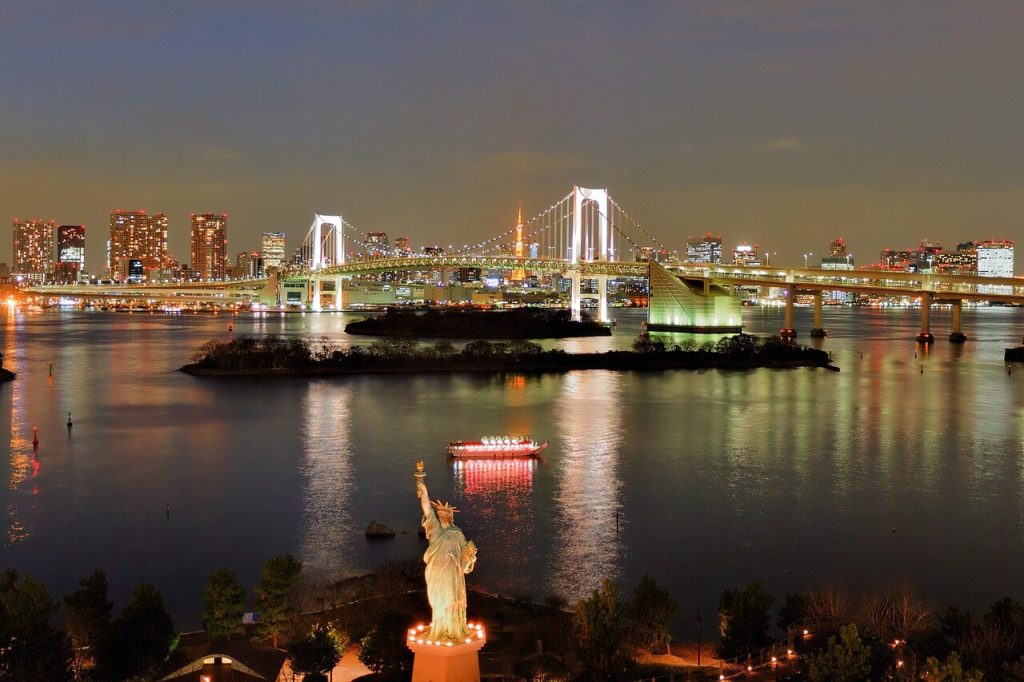
Roppongi Hills
On your fourth day in Tokyo, you should check out some of the city’s many cultural attractions. You should begin your day in Roppongi Hills at the Mori Art Museum. This museum of contemporary art features works by both Japanese and foreign artists. The view of the city from the observation deck is breathtaking and alone justifies the trip.
Odaiba
After that, you should check out Odaiba, which is not far away. This artificial island features numerous entertainment and commercial venues. Odaiba Seaside Park is a great place to spend the afternoon because of its lovely coastline and its proximity to the Rainbow Bridge. The teamLab Borderless Museum is also worth checking out; it’s a digital art and projections museum with interactive elements. You might also visit the Gundam Statue, a life-size statue of the iconic anime robot.
Dinner At Shinjuku’s Golden Gai
Go out to Shinjuku’s Golden Gai district for a delicious meal. There are several little restaurants and pubs in this region, and they all have their own distinct vibe. It’s a fun chance to mingle with locals and check out the scene after dark.
Kabukicho Theater
Visit the Kabukicho theater neighborhood for an evening performance. Traditional Japanese Kabuki theater is known for its lavish stagecraft, including extravagant costumes, makeup, and storylines. You may either take in a traditional performance at the Kabukicho theater or enjoy a more cutting-edge presentation with robots, dancers, and neon lights at the Robot Restaurant.
Day 4 is dedicated to taking in as much of Tokyo’s cultural scene as possible. You can experience a wide range of Tokyo’s cultural offerings, from cutting-edge exhibitions to classical performances. If you follow this plan, you’ll have a fantastic day full of learning and discovery that will stick with you forever.
#Day 5: Day Trip and Nightlife
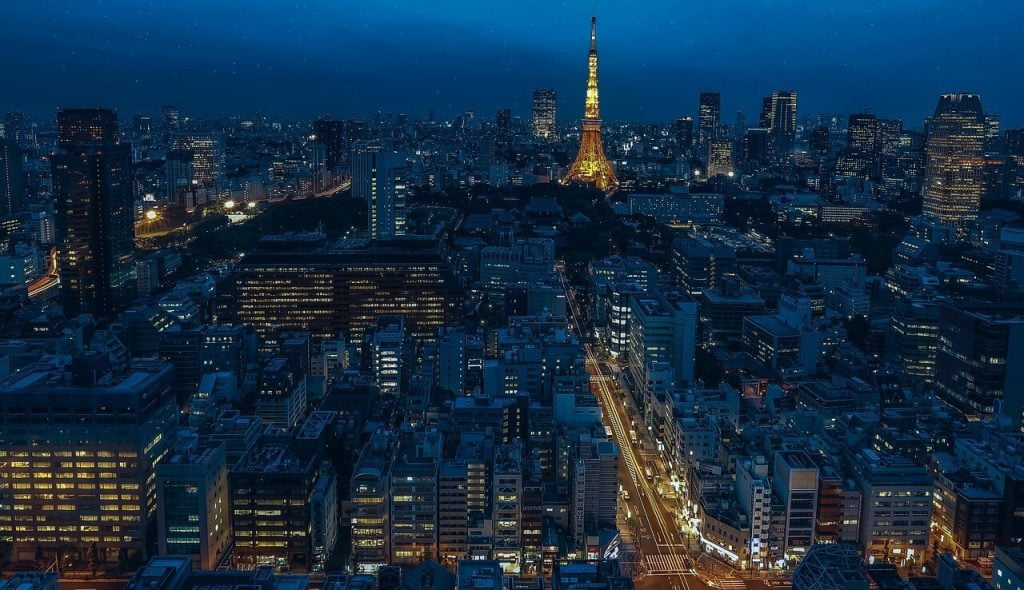
On your last full day in Tokyo, venture out of the city to see a new side of Japan. Get on a train and ride it the hour and a half south of Tokyo to the city of Kamakura. Kamakura, Japan’s former political capital and now a renowned tourist destination known for its many historic temples, shrines, and beautiful beaches.
Great Buddha of Kamakura
A gigantic bronze Buddha statue, the Great Buddha of Kamakura goes back to the 13th century and is a great place to start the day. Visitors flock to see the statue, which is housed in the Kotokuin Temple.
Hasedera Temple
The Hasedera Temple, with its stunning gardens and ocean vistas, is a great place to visit afterward. The temple is also home to one of the largest wooden statues in all of Japan, depicting the goddess Kannon.
Try Shirasu For Lunch
Try shirasu (a type of tiny fish) or Kamakura vegetables for lunch. To satisfy your sweet tooth, stop by one of the many cafes or bakeries in the area.
Head Back to Tokyo
Get back to Tokyo by night to enjoy the city’s thriving club scene. Shinjuku is a great place to begin your evening because of all the exciting things to do and see there. There are a variety of bars and clubs to visit, and there are also specialty eateries like the Ninja Restaurant and the Robot Restaurant to experience.
Visit Shibuya, home of the world-famous Shibuya Crossing, for a quieter evening out. One of the busiest intersections in the world, it’s a great place to people-watch. For a lively night out, you may also check out the local izakayas and karaoke joints.
Day 5 is all about seeing a new side of Japan and partying it up in Tokyo’s neon-lit clubs. Following this plan will give you a day that is both peaceful and thrilling, and will be a highlight of your time in Tokyo.
Why You Should Visit Tokyo
Unique in its combination of modernity and heritage, Tokyo is home to a wide variety of tourist destinations and activities. From the greatest of Tokyo’s districts and landmarks to its rich culture, exciting art and entertainment scene, and a day excursion to a nearby town, this 5-day itinerary covers some of the best things to do in Tokyo.
Even though there is a lot packed into this schedule, there is still enough of time to explore the rest of Tokyo. To see everything this amazing city has to offer would take weeks, if not months. However, in just five days, you’ll get a feel for Tokyo’s distinctive culture and personality.
Tokyo is the kind of city that makes an impression on visitors, whether they are first-time visitors or seasoned globetrotters. Tokyo is a city that truly has everything for everyone, from neon-lit streets to serene gardens, from hectic marketplaces to peaceful temples. We wish you a nice time in Tokyo and that this itinerary was helpful in organizing your vacation.
Frequently Asked Questions
Is Tokyo Safe For Tourists?
Travelers should not worry much about their safety in Tokyo. However, as in any large metropolis, there are some parts of town that are more unsafe than others. Be careful, watch your stuff, and be aware of your environment at all times. Staying in well-lit, populated areas where there are other people around can also help keep you safe.
What is the best time of year to visit Tokyo?
When you should go to Tokyo is entirely up to you. The months of March through May and September through November are typically considered to be the ideal times to visit because of the pleasant weather and the abundance of fun seasonal activities. The months of June through August tend to be warm and muggy, whereas the months of December through February tend to be chilly and snowy.
How do I get around Tokyo?
The trains, subways, buses, and taxis of Tokyo’s public transportation system are comprehensive and reliable. Trains and subways are the ideal means of transportation since they are quick, cheap, and convenient. Though costly, taxis can be convenient for group trips or when time is of the essence.
Can I Get By Without Knowing Japanese In Tokyo?
Learning some simple phrases in Japanese will help you travel around Tokyo, although fluency is not required. There are English translations of many signs and railway announcements in Japan, and many residents can communicate in English. If you want to get around the city without getting lost, a pocket handbook or translation app will come in handy.
Where Should I Begin My Exploration?
Popular tourist destinations include the Tokyo Tower and Sensoji Temple as well as the hipster enclaves of Shibuya and Harajuku. There is also the Imperial Palace, the Tsukiji Fish Market, and the Meiji Shrine. The Tokyo National Museum and the Mori Art Museum are only two of the numerous top-notch museums in the city.

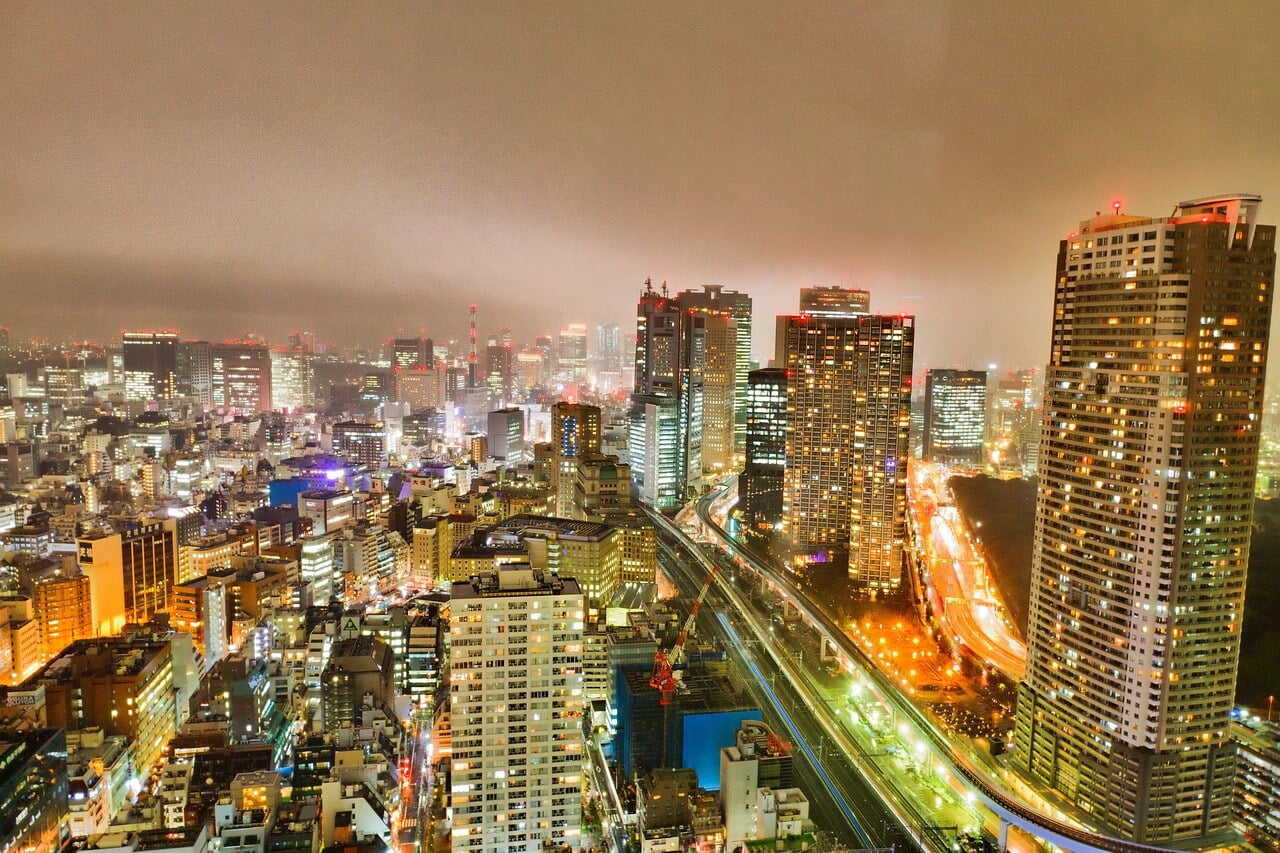
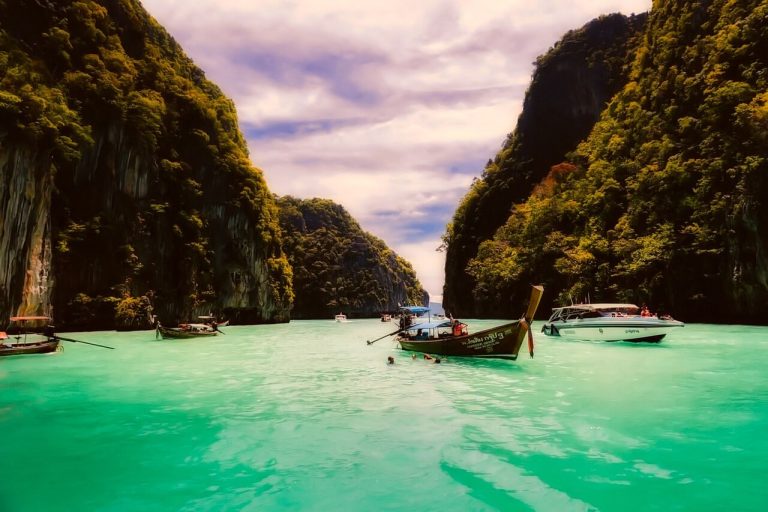
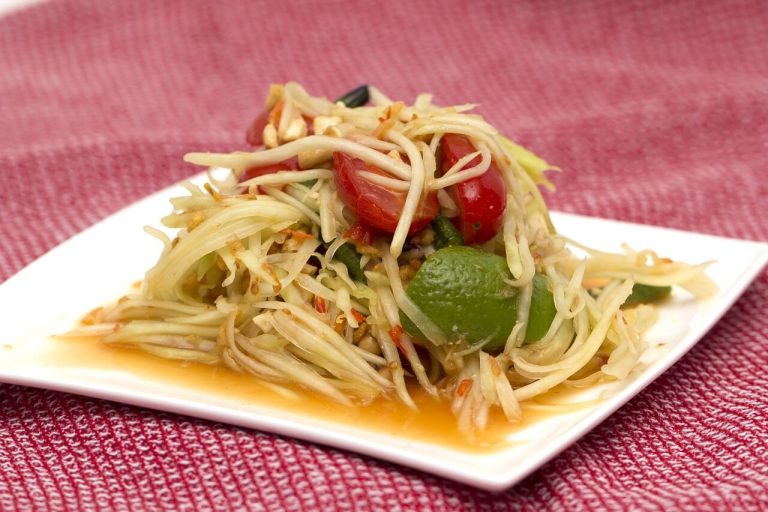
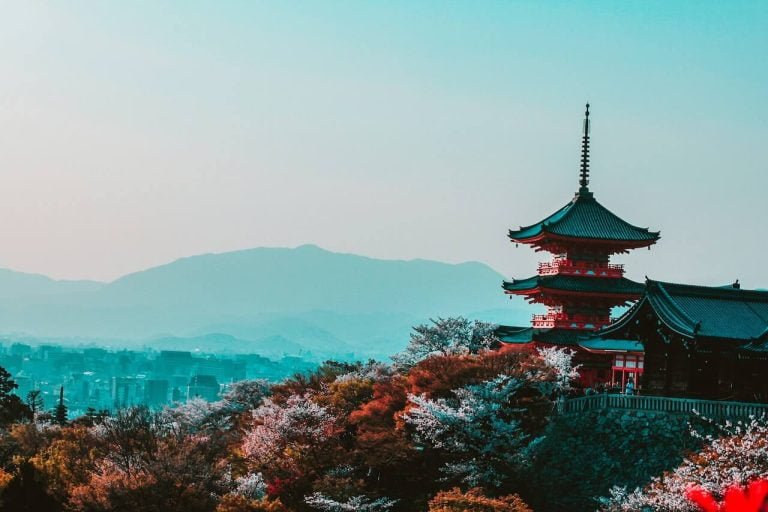
+ There are no comments
Add yours